
Unlike many other countries, India does not have a single language or culture. Each state and region has its own traditions and cultural aspects. All of these together make up the bustling heritage and way of life that is distinctly local, yet a part of the larger mosaic of the Indian landscape.
Gujarat is located on the western coast of India. When one thinks of Gujarat several myriad images of the land are conjured. Gujarat means coastlines and forests. It is also about fun and food-loving people, dandiya and Garba dances, festivals and folklore. However, Gujarat also means a hub of skilled handicrafts and artisans. The artistry of the state is world-renowned and home to some magnificent forms and techniques of embroidery, prints, paints, and woodwork.
Why Handicrafts from Gujarat are Special?

The region of Kutch, which is a district of Gujarat, shines a glittering example of some of the best handicrafts of the country. Yet, the true essence of the artists lies in their simplicity. Entire villages are usually attuned to a particular skill that has been passed down from one generation to another. One can very often find the women of the villages seated casually outside engrossed in their embroidery or the men working away at washing or dyeing the fabrics. Thus, handicraft is a way of life, and often the execution of their skill is a humble habit of practice rather than an arrogance of mastery.
Several handicrafts from Gujarat are special due to their uniqueness and vibrancy. Usually, communities who hold the skill, knowledge, and practice of their art form through generations create the specific handicrafts. Let us take a look at some of the most well-known handicrafts of Gujarat and the communities and regions that practice them.
Bandhini – Tie and Dye Art

Also known as the Tie and Dye or Bandhej handicraft, the Bandhini is colourful, vivid, and absolutely stunning. Bandhini came to Gujarat in the 12th century. The Khatri community has been practising this handicraft for generations which have become popular across the globe today. The method involves tying the cloth tightly over small dots and then dyeing the material. After dyeing the knots are opened imparting on the fabric a stark difference in design and colour. The bright hues of the Bandhini and its unique patterns and designs make it a loved handicraft. Bandhini creates magic on various garments, including the saree and dupattas. Some of the different patterns include Gharcholu, Chokidal, and Kambaliya. Some of the best Bandhini garments and patterns are found in Jamnagar, Bhuj, and Mandvi.
Batik – Block Painting Art

Batik is a form of block painting art. Usually done using hand blocks the designs from the blocks are printed on the fabric with detailing and care. Again practised by the Khatri community Batik was extremely popular during the 16th century and was exported to Indonesia etc. Initially, the blocks were dipped in piloo seed oil and later wax was used for printing. However, today chemicals have overtaken natural paints and dyes. Batik is the most popular in Bhujpur, Mandvi and Mundra.
Ajrakh – A Form of Block Printing

Ajrakh is also a form of block printing. It comes from the word ‘azrakh’ which means indigo. This block printing form traditionally used the blue colour from the indigo plant. Also, the designs of the Ajrakh can be traced to the Islamic architecture designs and Jaali works. One of the traditional wears worn, especially during Eid, the Ajrakh involves a sixteen step method. There is washing, dyeing followed by printing and drying. The drying process also is slightly prolonged because the colours used are fast. Ajrakh is most famous in Ajrakhpur and Dhamadka in Kutch.
Weaving Arts of Gujarat

The Maheswari and Marwada community is usually into the weaving business in Gujarat. Kachchhi weaving is a popular weaving art of the region and forms socio-economic connections with other communities of the state. For example, the Rabari community supplied the cotton or yarn for weaving, whereas the Ahirs or agriculturists grew the cotton in the first place. This is also a reason why the communities who wore them the most inspire the designs of Kachchhi weaving. Hence the designs include animal footprints or musical instruments. After the industrialization wave in the 60’s many weavers stopped weaving to look for alternate employment sources. However, in Bhujodi a cooperative was formed that kept the weaving community alive. Similarly, Tangaliya work specializes in weaving shawls and dress materials. The Dangassia community in Surendranagar is the hub of tangaliya weaving work. Some of the other weaving types include camel weaving, Mashru weaving, Kharad weaving, etc. The Patola is a woven sari of Gujarat and is one of the most popular and splendid forms of hand-woven fabrics.
Rogan Painting

The Khatri community practices this fantastic and intricate art form. Also known as Rogan Printing this art form first originated in Iran but is popular, and confined to Gujarat. The technique of painting is very detailed and requires mastery and practice. Castor oil along with natural colours from flowers and vegetables is used to paint the fabric using a special brush. First, a small amount of the castor oil is put in the palm of the artist who twists its images and motifs using the special brush or metal rod. This design is then folded into the fabric creating a mirror image. The Nirona village in Bhuj today is the main epicentre for Rogan paintings.
Embroidery Art of Gujarat

Primarily a women’s forte, the embroidery handicrafts of Gujarat are mesmerizing, to say the least. Several communities practice different types of embroideries, and each of them adds a distinct characteristic to their art. One of the most famous is the Rabari embroidery made by the Lohanan community. Their embroidery centres on events, occasions, etc. Rabari embroidery uses mirror work giving it a magical and mystical quality. Some of the other types of embroideries are named after the communities that practice them, including Jat, Ahirs, Soof, etc. One of the most notable embroideries is, of course, zari work. Surat is a large producer of zari garments including laces, cords etc.
Pottery of Gujarat

Potters of Gujarat work in close tandem with the other handicrafts of Gujarat. Their earthen wares make for social and household uses. The pottery work is also associated with natural elements, such as clay, stones, leaves etc. The Khavda pottery is one of the famous types of pottery of the state. Besides earthen utility items, the clay and terracotta figures and toys are also well-known handicrafts of Gujarat. Chhota Udaipur is famous for terracotta works.
Leather handicraft of Gujarat

The Meghwal community has mastered the leather works in the state. Earlier the leather industry catered to making shields, saddles, etc. However, modern-day items include bags, various kinds of beautiful footwear, cushion covers, etc. Kachchhi leather is known for its durability and its ability to hold water. Khavda is most famous for leather handicraft in Gujarat.
Wood carvings of Gujarat

Closely related to the woodwork of Rajasthan and Thar Desert, the wood carvings of Gujarat are detailed and exquisite. The Raos or kings of Kutch patronized wood carvings in the area. Sandal wood craft is famous in Surat, whereas, Rajkot and Sankheda are famous for furniture making. Bhavnagar, Pethpur are some other destinations where splendid woodwork items can be found. The woodwork handicrafts include plaques, chests, furniture and other household items. Besides normal woodwork, the lacquered wood craft is a very niche handicraft of Gujarat. Practiced by the Vadha community, lac is the raw material from insect resin. The colored lacquer applied on wood creates various patterns and designs.
Beadwork of Gujarat

A specialty of Gujarat, beadwork is a unique handicraft. Created usually by the tribal community of Vadodra, Dahod, and Panchmahal bead work enhances and brings a different fervor to the fabrics or base materials on which it is used. Also known as moti bharat, the beadwork is usually found on jewelry, artifacts, accessories, decorative items, etc. Bead work of Rajkot, Khambat, Amreli, Saurashtra, Junagadh is also popular.
Kutch Utsav

Gujarat and especially the Kutch region have a rich repository of various handicrafts. One of the best ways to discover the myriad forms of Gujarat handicrafts is to visit the Kutch Utsav. Popularly known as Rann Utsav the event is a yearly festival. A three-month celebration held on the edge of the Rann of Kutch is a wonderful platform for the local artisans to showcase and sell their products and handicrafts. With various cultural programs it is the handicrafts from the region that are the main attraction of this event. Villagers and local artisans from across the state and region make way to the Utsav which becomes a hub of high and vivid energy and cultural exuberance.

The Rann Utsav has become a leading tourist highlight with travelers from not only the country but also the world making their way to absorb the rustic and skilled local flavors of the regions.
The handicrafts of Gujarat hold a special place for their variety and strong-rooted traditional essence. We can only hope that with efforts by various NGOs and the government they continue the legacy of yesteryears and take forward the handicrafts for the next many generations to come.


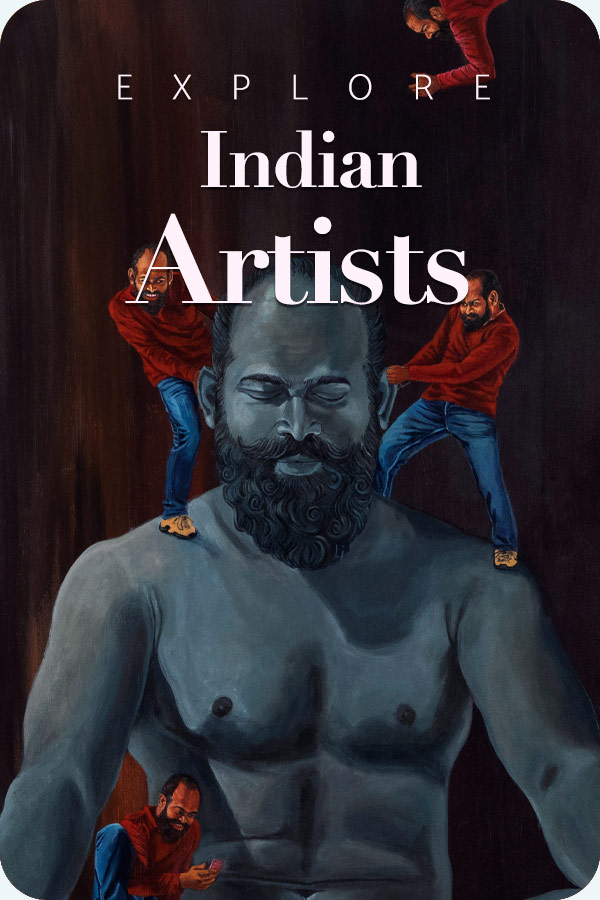

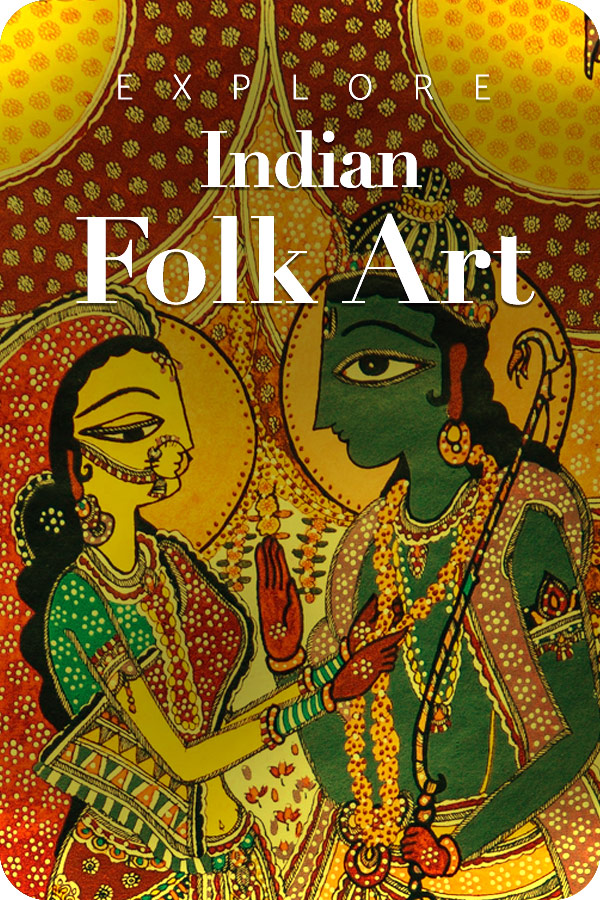
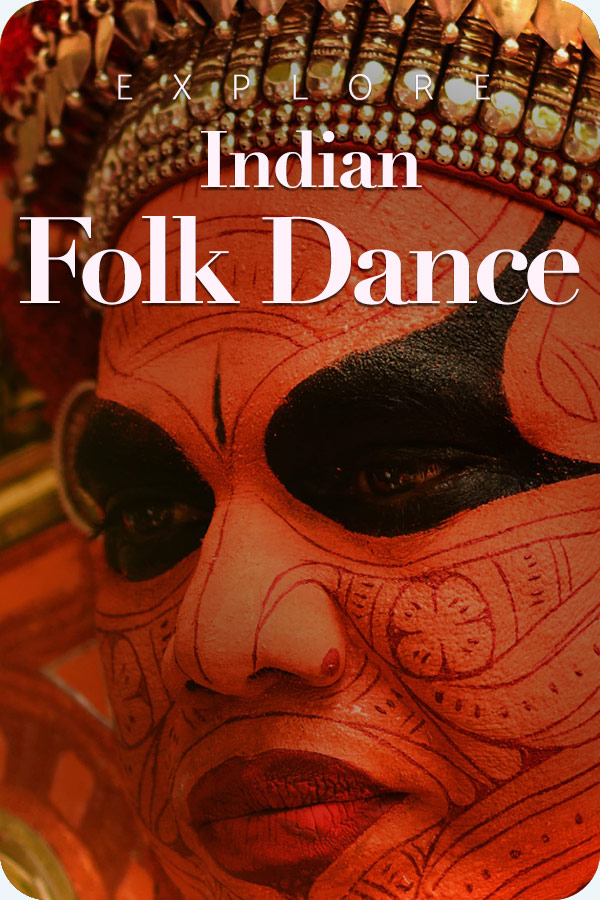
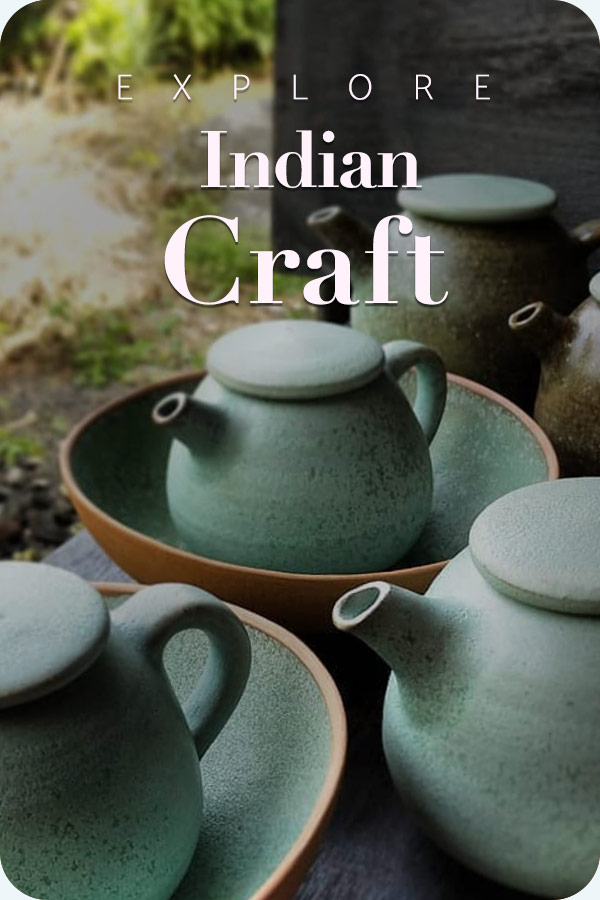
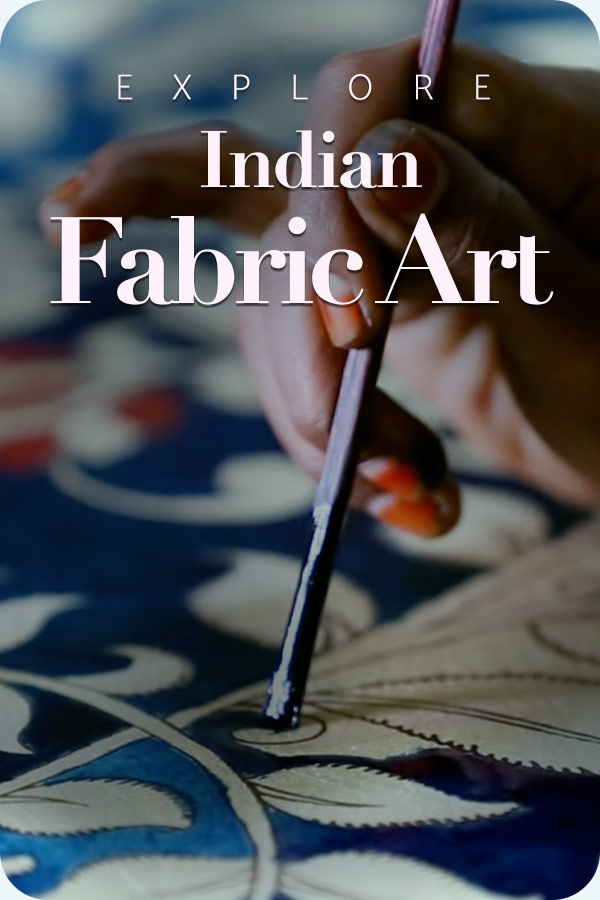
Want to know more about handicrafts of local villages
I am fascinated with your culture. One day, I hope to spend a couple of months there.